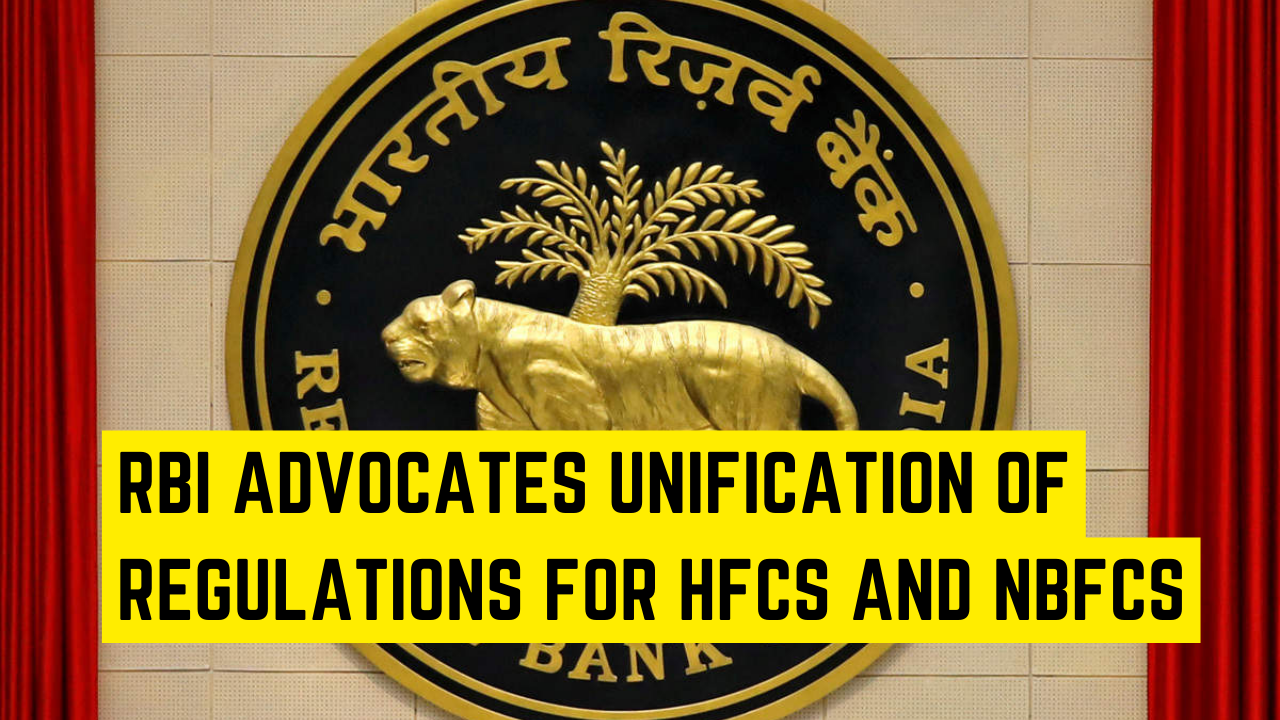China’s economic landscape has been a topic of global interest, especially when it comes to quarterly GDP growth. In the latest development, China’s Q4 GDP has grown by 5.2% year-on-year, a figure that falls below market forecasts.
China’s Q4 GDP growth, a key economic indicator, holds significance not only for the nation but also for the global economy. As we analyze the numbers, it becomes apparent that the actual growth rate of 5.2% stands in contrast to earlier market predictions.
Market Expectations vs. Reality
Before the release of the Q4 GDP data, market analysts and economists had their forecasts in place. The actual growth rate of 5.2% has, however, surprised many, as it falls below the earlier projections. This variance prompts a closer look at the factors influencing China’s economic performance.
Factors Influencing GDP Growth
Trade tensions and the prevailing global economic conditions have played a pivotal role in shaping China’s economic trajectory. Additionally, domestic economic policies and their effectiveness have contributed to the Q4 figures.
Comparison with Previous Quarters
To gain a comprehensive understanding, it’s essential to compare the Q4 performance with earlier quarters. Analyzing trends in China’s economic growth offers insights into the nation’s economic resilience and adaptability.
Impact on Global Markets
China’s economic performance doesn’t occur in isolation; it reverberates across international markets. Investors worldwide closely monitor these developments, and the Q4 GDP growth has implications for global market sentiment.
Sectoral Analysis
Breaking down the GDP growth by sectors provides a nuanced perspective. Notable performances in specific sectors shed light on the driving forces behind the Q4 figures.
Government Responses and Interventions
In response to economic challenges, the Chinese government has implemented various strategies. Examining fiscal and monetary policies reveals the proactive measures taken to stabilize the economy.
Market Reactions
Financial markets respond dynamically to economic updates. Analyzing the reactions in stock markets provides valuable insights into investor sentiment and confidence levels.
Expert Opinions
Economic analysts offer valuable perspectives on the Q4 GDP data. Their insights help interpret the numbers and anticipate future economic trends.
Implications for Businesses
Local and international businesses are directly impacted by China’s economic performance. Understanding the effects and adjusting strategies accordingly become imperative for sustained success.
Consumer Perspectives
The Q4 GDP growth also influences consumer behavior. Examining the impact on spending patterns and sentiments among the general population completes the economic picture.
Comparisons with Other Economies
Comparing China’s economic performance with other nations provides a broader context. Global economic trends and their intersections offer insights into the interconnectedness of the world economy.
Long-Term Economic Resilience
Assessing China’s economic resilience in the face of challenges provides valuable lessons for other economies. The ability to navigate economic complexities is a testament to China’s adaptability.
Quick Review:
- Why did China’s Q4 GDP growth fall below market forecasts?
- Explore the factors influencing the lower-than-expected growth rate.
- How do trade tensions impact China’s economic performance?
- Understand the role of global trade dynamics in shaping the nation’s economy.
- What sectors contributed significantly to Q4 GDP growth?
- Delve into the specific sectors that played a key role in driving the economic figures.
- How are international businesses adjusting to China’s economic challenges?
- Explore strategies adopted by businesses to navigate the evolving economic landscape.
- What lessons can other economies learn from China’s economic resilience?
- Analyze the long-term implications and lessons for global economic stability.

